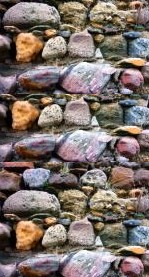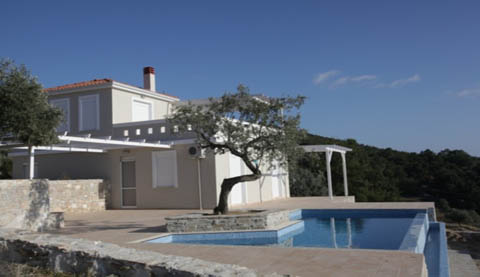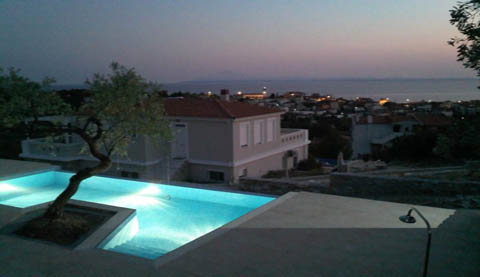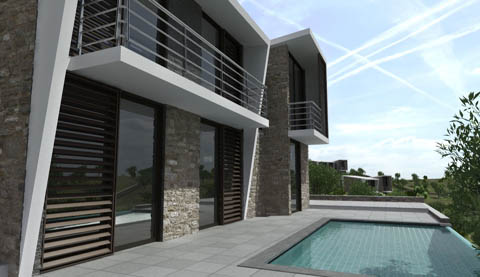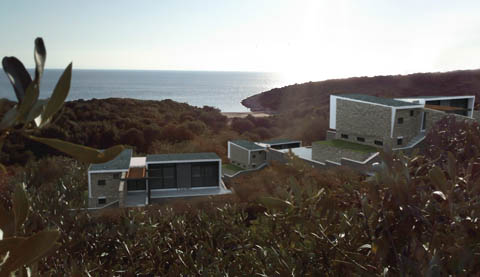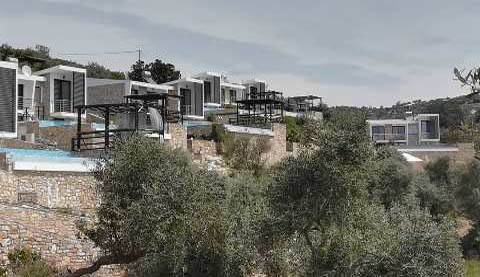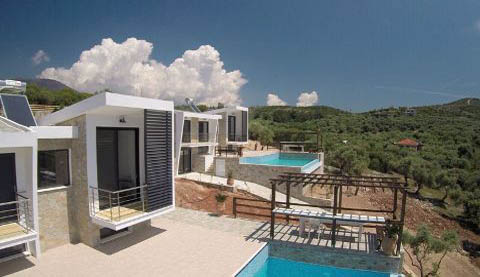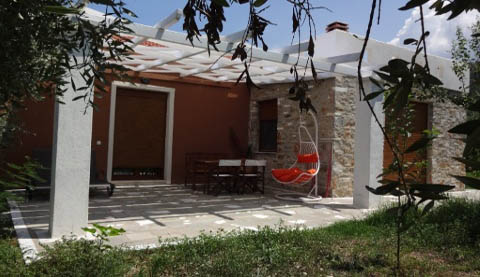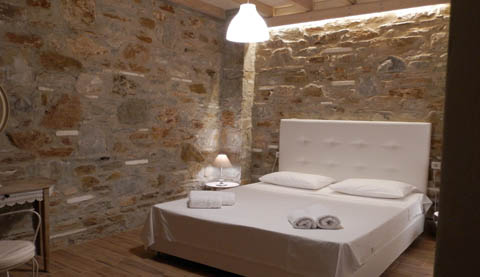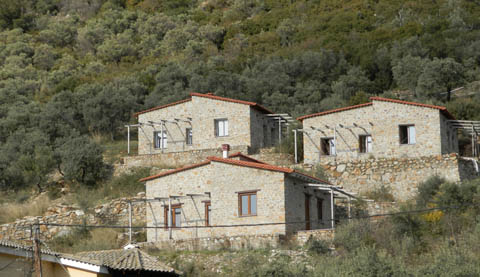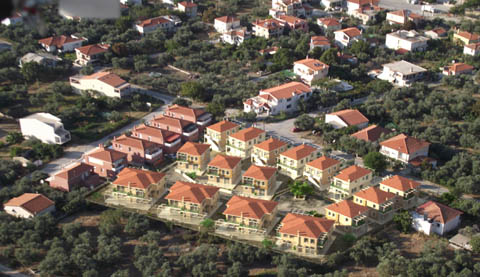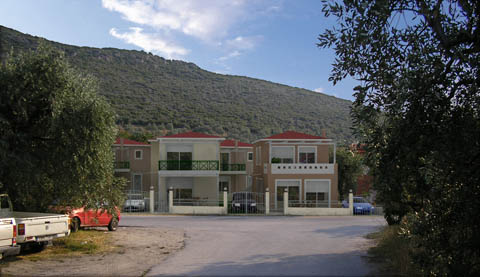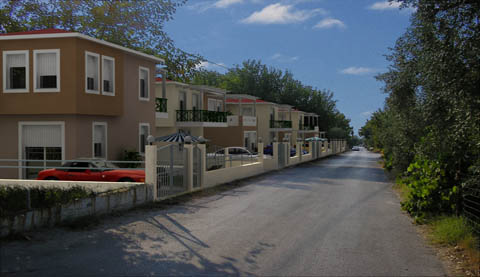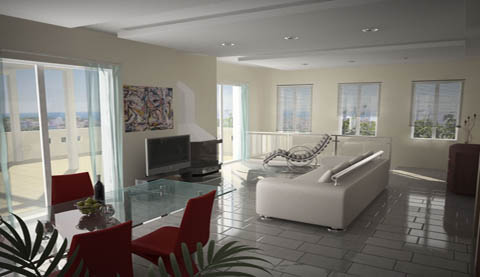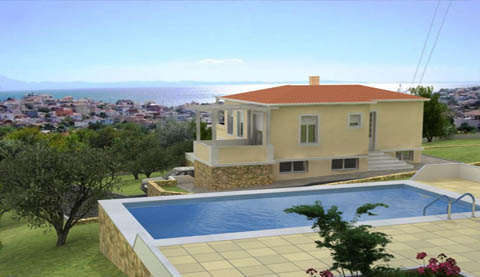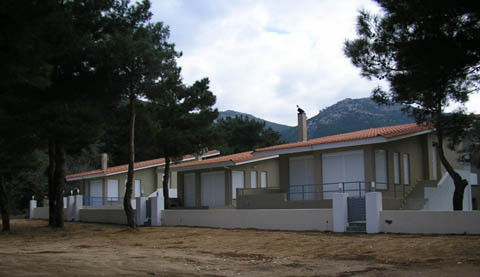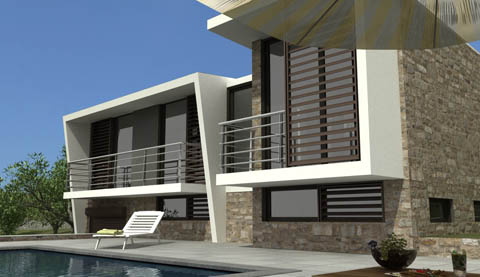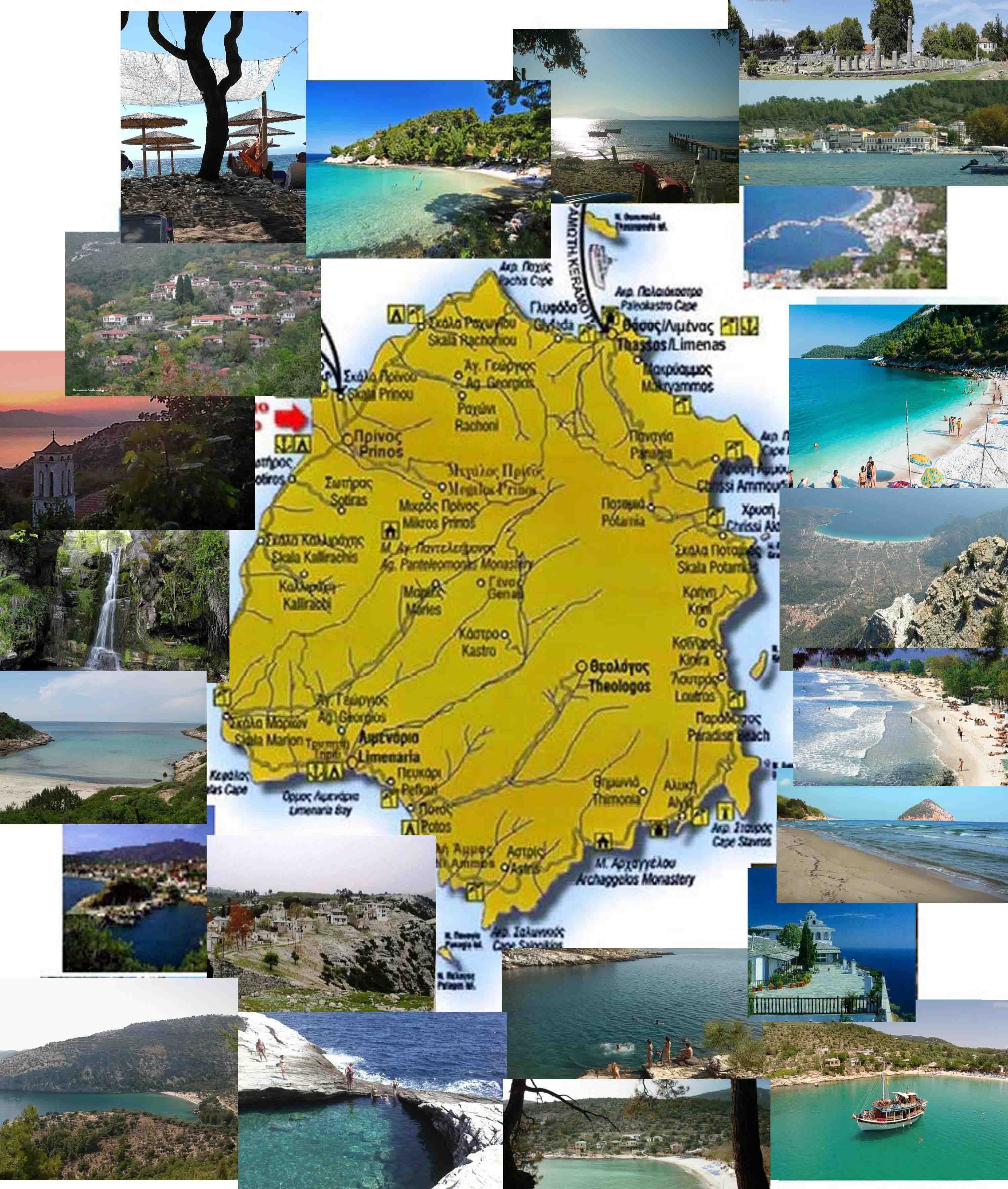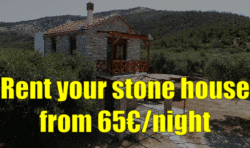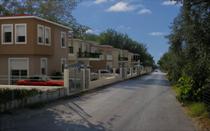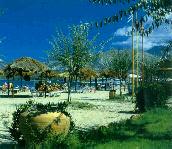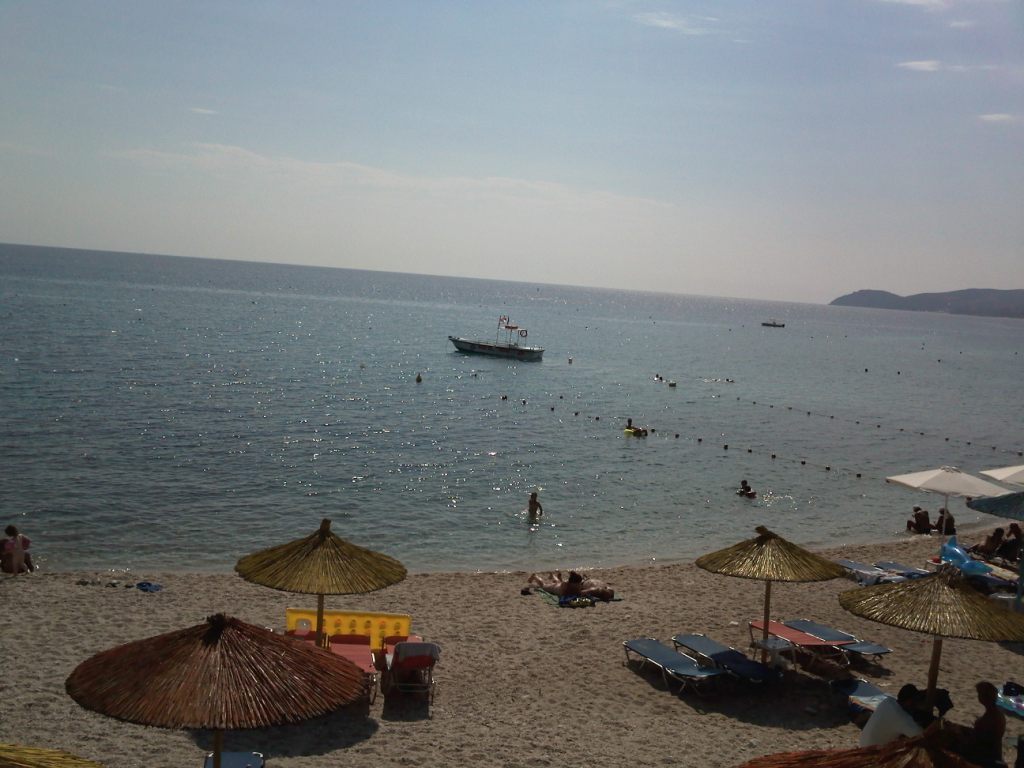|
|||||||||||||||
|
|||||||||||||||||||||||||
| PRINOS and Skala Prinos | |
| In the commune of Prinos belong five settlements. The oldest is Kazaviti between the mountains and the newest Dasilio Prinou (Dasilio in Greek means the small forest). Prinos become famous since oil under the bottom of the sea is discovered in late '70's. Main economical activity is agriculture (olive oil, honey and goat cheese) and partly only tourism. |
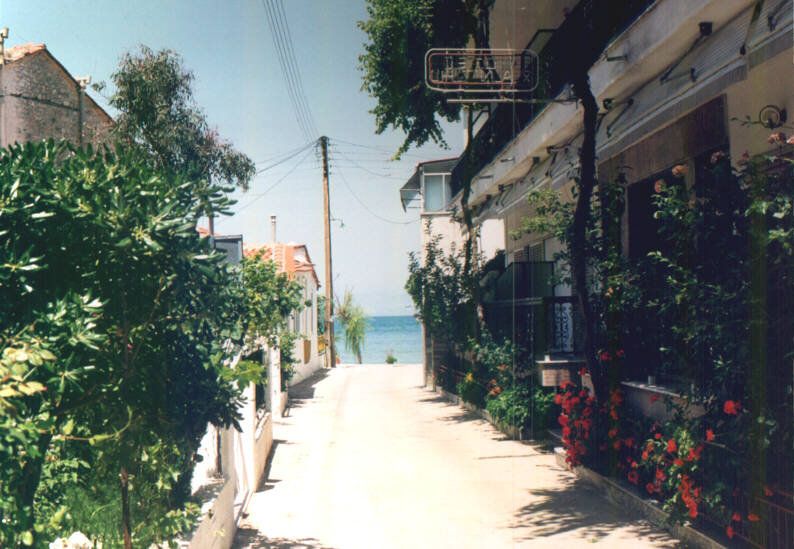 |
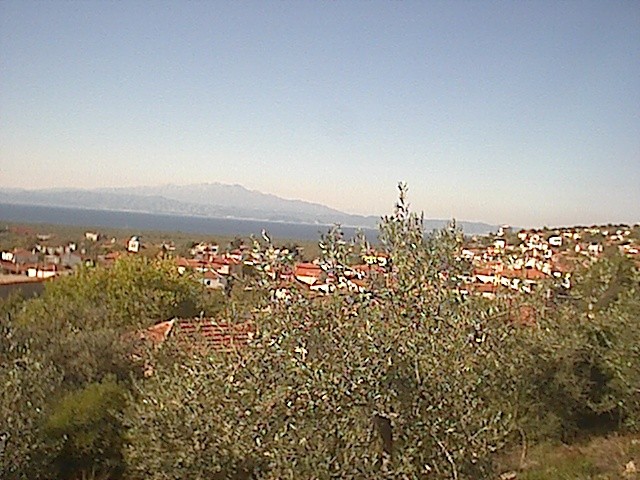 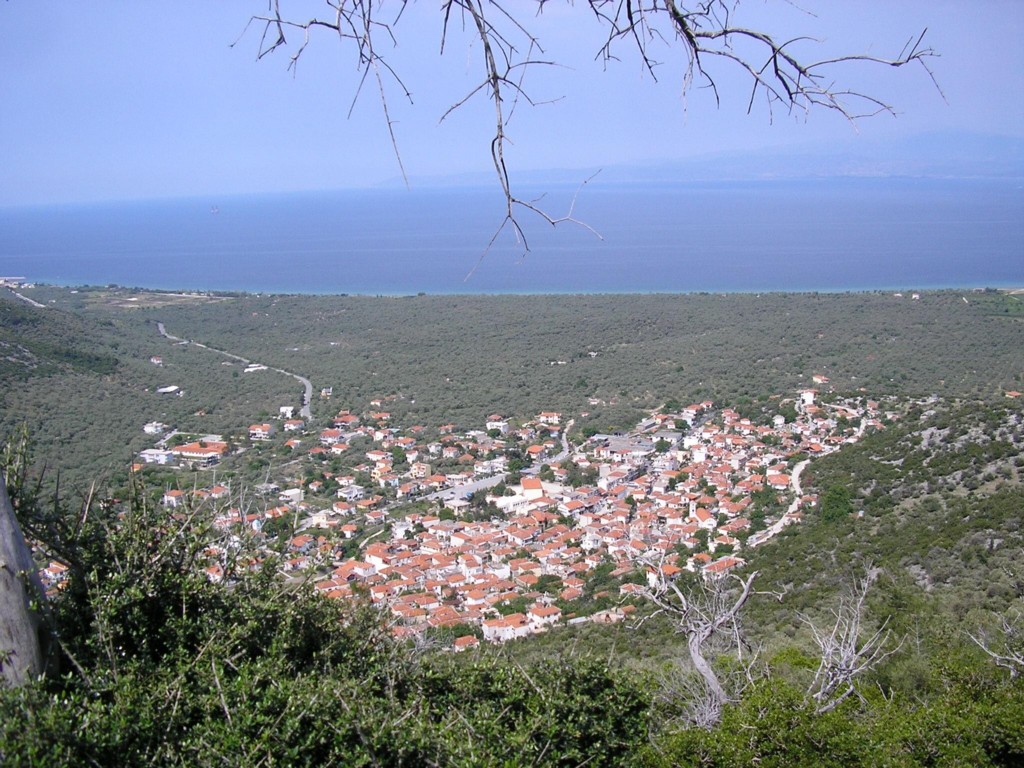 |
The leading port of the island, Skala Prinos, is connecting Thassos to Kavala. Ferries and flying dolphins bring guests to Thassos. Skala Prinos and new Prinos (Dasilio) are settlements build at the border of the sea, across a beautiful beach covered with pine trees. The settlements have all the kind of facilities, Health Center, Hotels, super market and a camping area.
|
| Dasilio Prinos | |
| Dasilio
Prinou is a green cape with pines and wonderful beaches. Tourism has
been developed intensively over the last years and many hotels have
been constructed, which cover all the categories and prices. What is
important is that the scale of the hotels is fortunately rather
small - max. 50 rooms.
Dasilio Prinou is the perfect pace to spend your holidays in the beach and between the pines. Prinos has wonderful, long, sandy beaches and a sea with emerald color. Fortunately in spite of the large number of hotels the beaches are not still crowded, and always you can discover a lot of shells and interesting sea plants along a beach walk. |
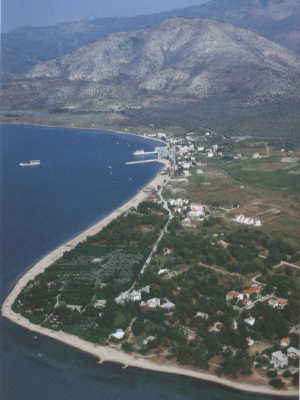
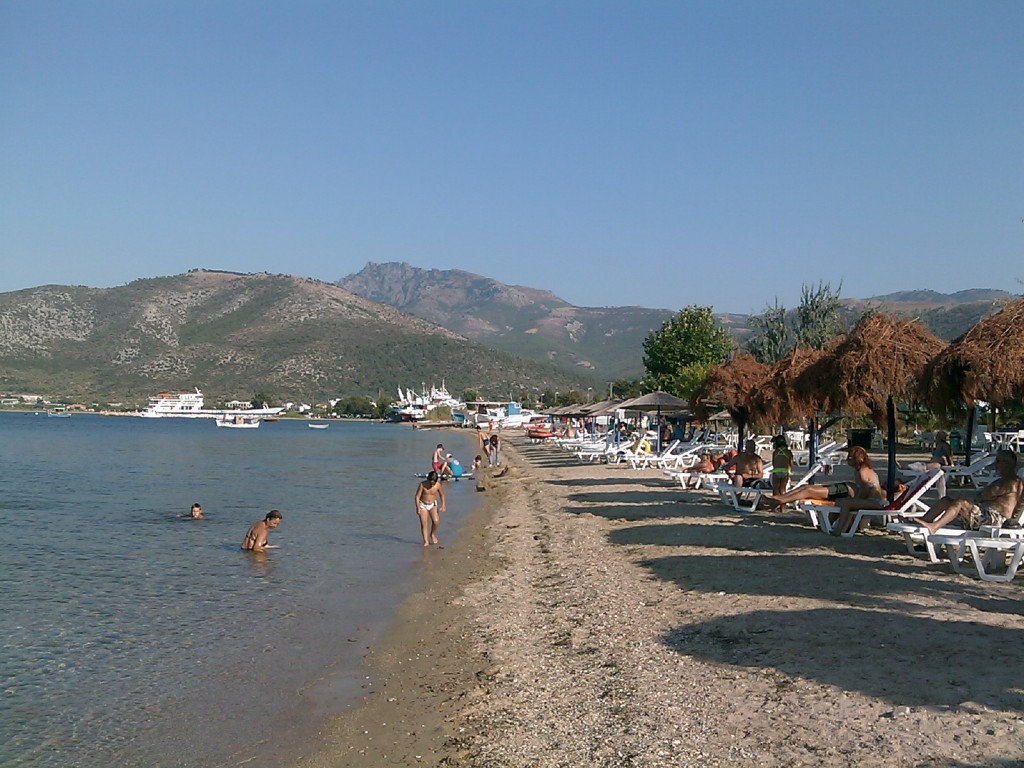 |
| Kazaviti | |
 |
Kazaviti is the oldest village of Prinos and is hidden between the forest and the mountains. The buildings of Kazaviti are under protection due to their traditional architecture. The village was abandoned for many decades and it has been re-discovered just at the 80's again. Maybe this is the reason that still keeps its originality. It is a must to visit during your holidays in Thassos. |
| Small Kazaviti | |
| It is also hidden between the mountains, in the forest and gardens with idyllic view at the see. The most of the house have been renovated and it is partly occupied especially in the summer period. |
|
| Skala Sotiros (16 km South West from Thassos Town) | |
| The houses of Skala Sotiras were build mostly along the main street and the coast. You will get a wonderful view from the during the sunset and with full moon at night. You will also be able to get a look at the village Sotiras, will say to the rest of Sotiras. There some not crowd taverns and bars. It is the perfect place for family or/relaxing holidays. There is also the possibility to learn or to hire wind-surfing. The people of Skala Sotiras are fishing and also in the tourism branch. |
|
| Sotiros | |
| Today in Sotiros up to the mountains there are only some ruins left, and a very few inhabitants. Some meters above of Sotiras there were built some new houses and pensions. In the middle of the ruins you will find two churches. The village was build interior to protect them from the pirates and have wonderful views to the see. Visit the only tavern that it has at the sunset. It is amazing. |
|
| Kallirachi | |
| Kallirachi is build only 2,5 km from the coast and also one of the biggest villages in the mountains of the isle Thassos. Regarding a legend 1745 a.c. the village was situated higher and it was called Kakkirachi. But the village was invaded by pirates. Savelis escaped and rebuild the village there where you can find it today. |
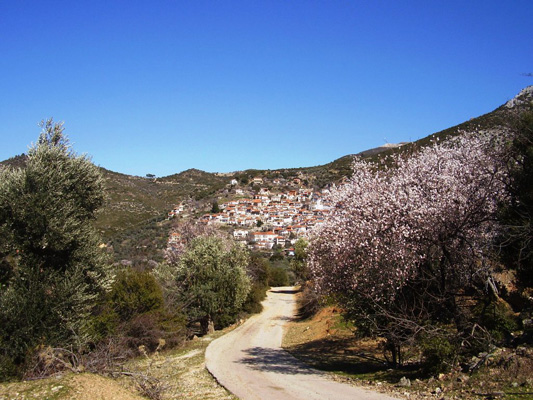
|
| Skala Kallirachis | |
| Skala Kallirachis is the harbor for Kallirachis and it is a typical fisherman's village. There you will not find tourists even at the high Saison, but you will find the most friendly people of the island. Skala Kallarachis has a beautiful harbor which was build up in the last years. In the harbor of Skala Kallirachis there are some nice places, who seams to invite you to take a seat and enjoy the view of the sea. |
|
| Klisma | |
|
|
Klisma is the suburb from Kallirachis. In Klisma there are living mostly fishermen and with wonderful taverns with fresh fish of course. If you are tired of tourists you can visit it or even book a room there. |
| Maries | |
| Is located at the center of the island, 10 kilometers from the ring road. It is built in a valley between two mountainsides. Its foundation can be traced back to Byzantine times. The village was originally located on a hill opposite of the Monastery of Panagouda, but it was rebuilt on a new site so that they would not be visible to pirates. The village church built in 1800 dedicated to the Synaxis of the Archangels. The church celebrates on November 8th. |
|
| Skala Maries | |
| Skala Maries is a typical fisherman village at the south part of Thassos with wonderful beaches and taverns. It is dominated from Italians and Greeks at the high season. |
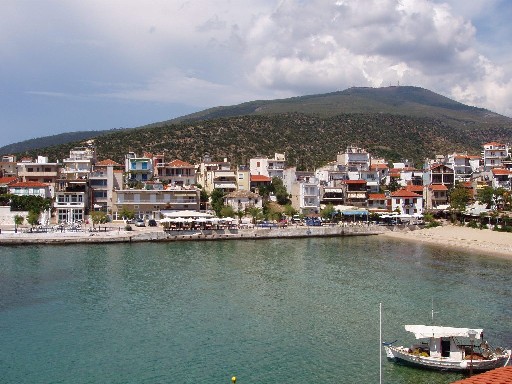 |
| Thassos Town or Limenas | |
| Thassos, known locally as Limenas or Limis is the island's main town, though not its main port which lies to the east in the dire resort of Ormos Prinou. Limenas has about 2000 inhabitants and is a province of the districts of Kavalla. It is a town with beautiful shops, tavernas and ouzeri, ideal for walk in the narrow streets. The ancient site begins from the harbour and was already established by the 4th B.C. century. There is an archaeological museum with findings from Thassos Island from 7 B.C. until the 7th A.D. century. |
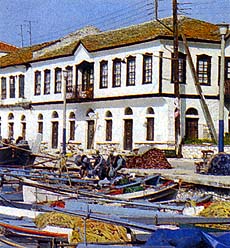 |
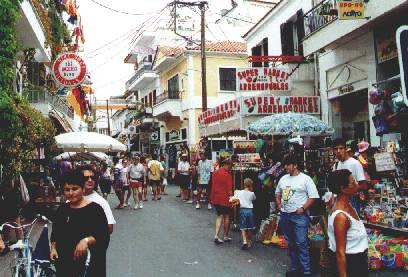 |
The good side of Limenas is to be found in the old and pretty
fishing harbour which manages to retain a warm, rustic
atmosphere. The main archaeological sites are the agora next to the archaeological museum with hellenistic foundations of shops and houses, the theatre above the town with fabulous views over the bay which still hosts performances during the summer season and, further above limenas, the city walls and the relatively substantial remains of the Acropolis and temples to Apollo and Athena. |
| Nisteri, Papalimani, Glifada, Glikadi | |
| There are idyllic beaches across the North site of Limenas with Hotels and Restaurants. They are of the very first tourist resorts of Thassos. They used to be crowd at 60s and 70s but not anymore. |
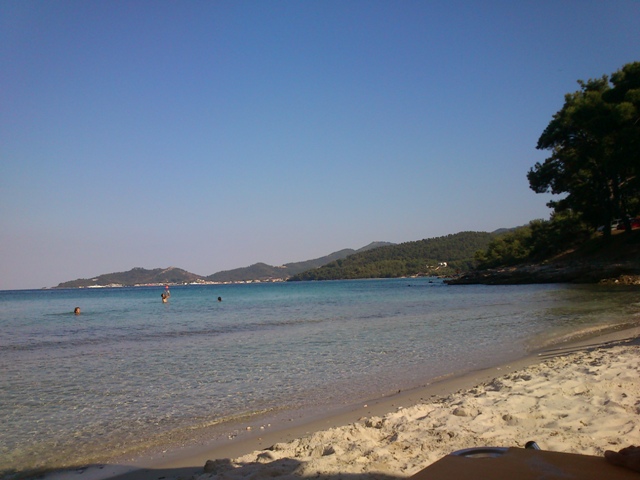 |
| Pachis Beach | |
| Pachis was just a nice sandy beach. Lately has been developed to a resort area with new hotels, pansions and rooms. Pachis is one of the nicest beaches of Thassos with wonderfull Tavrns and cafes. |
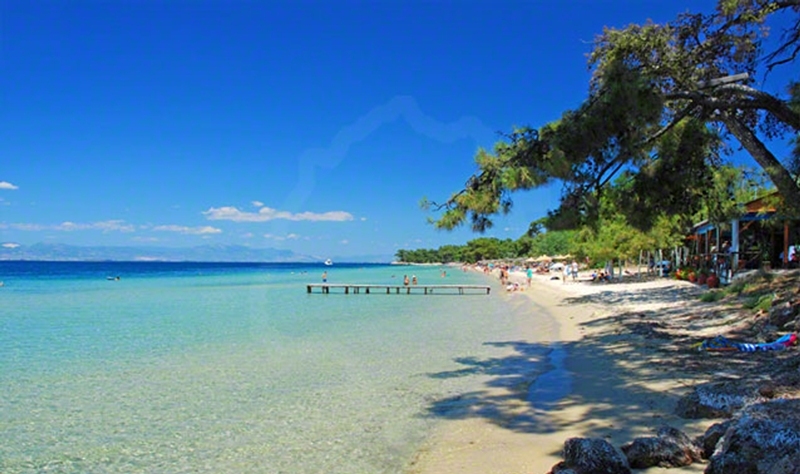 |
| Rachoni and Agios Georgios (Vouzi) | |
| There are two settlements, Rachoni and Agios Georgios. with all the characteristics of the other villages on Thassos. The latter was built on the mountain peak and was subsequently abandoned, to be rebuilt lower down. Between the two settlements stands the little church of the Panagia, sheltered by huge plane trees and with a freshwater spring under the altar. This is the village where Mehemet Ali, the founder of the modern Egyptian state, grew up. | |
| Scala Rahoniou (12 km West from Thassos Town) | |
| is the seaside village of Rahoni. It is a quiet village with new hotels, some rooms to let and a camping. The hotels are spread between the olive groves. There are tavernas, restaurants and cafeterias. The beach in Scala Rahoniou is long sandy and nice. |
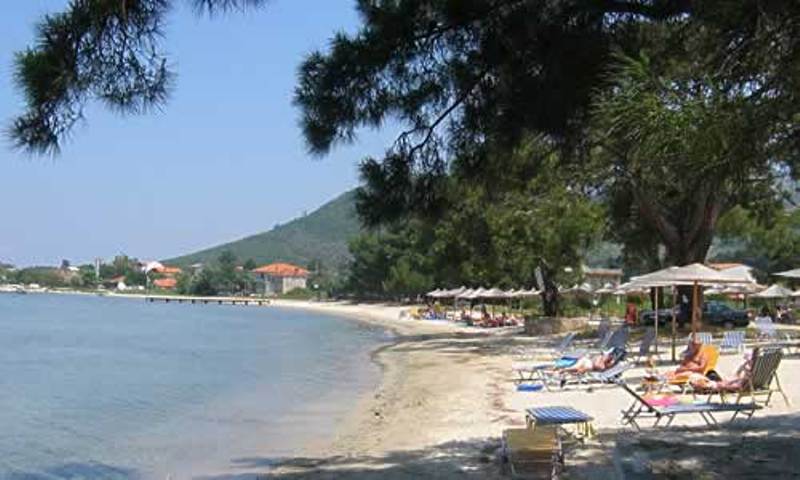 |
| Paradise Beach | |
| Paradisos
(Paradise Beach). Maybe the best beach on the island with fine white
sand. It will maybe reminds you Hawaii. There are some rooms for hire
and a tavern there.
|
|
| Kinira | |
| This village is known through history as “Aenyra” and “Coenyra”. Ruins of Byzantine era baths and remnants of an early Christian basilica have survived here. This was a site of ancient gold mines and the harbour from where the white marble of thassos was exported all over the mediterranean. Pirates slaughtered many Christians here. Clear and shallow water, ideal for lonely swimming or fishing. A resort away from the tourist areas, where you can relax. In the winter there are just some people living there. |
.jpg) |
| Potamia (9 Km South from Thassos) | |
|
is built in the flanks of the Ypsario
mountain. Ypsario is about
1.204 m high. The churches of Agios Dimitrios and Agios Nikolaos and the Folklore Museum are interesting places. There are tavernas, cafeterias hotels and rooms to stay. The Greek American artist Polygnotos Vagis was born in Potamis and a small museum can be found in the village. Vagis was born in 1894 in Potomia. |
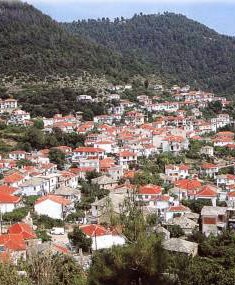 |
| Skala Potamia | |
| |
Skala
potamias is rapidly the last years developed. Every year just
appears more and more hotels. The skala offers over two miles of
beach walking from Skala Potamia harbor at the southern end up to
Golden Beach to the north. There are a lot of taverns and
cafes along the beach. |
| Panagia (7 Km South from Thassos) | |
| is a traditional and very nice village and once was the capital of the island. The church of Panagia (Our Lady) and the cave Drakotrypa are interesting places to visit. Panagia lies east of Limenas and is about 300 years old. You can find the village in the mountains of the isle thassos.The village got his name from the church Panagias. |
 |
| Skala Panagia - Golden Beach | |
| Not far away from the village is the crystal clear water sandy beach Chrisi Ammoudia. One of the most famous beach of the island. There are taverns, cafeterias, hotels and rooms to rent. |
|
| Limenaria (40 Km SW from Thassos) | |
| was developed at the end of the 19th century. It is a nice and busy town, surrounded by beautiful beaches. There are plenty of hotels, tavernas and bars. The main tourist base apart from Limenas, Limenaria is much closer to the best of the island's beaches. Many of the houses were built by the Turks to house German mining bosses around 1900 and the remaining mansions add some character. The inhabitants of the ancient village in the mountains called Kastro foundet Limenaria in the end of the 19th century It was founded at the slope of Ipsarion far away from the sea to protect the inhabitants from the pirates. |
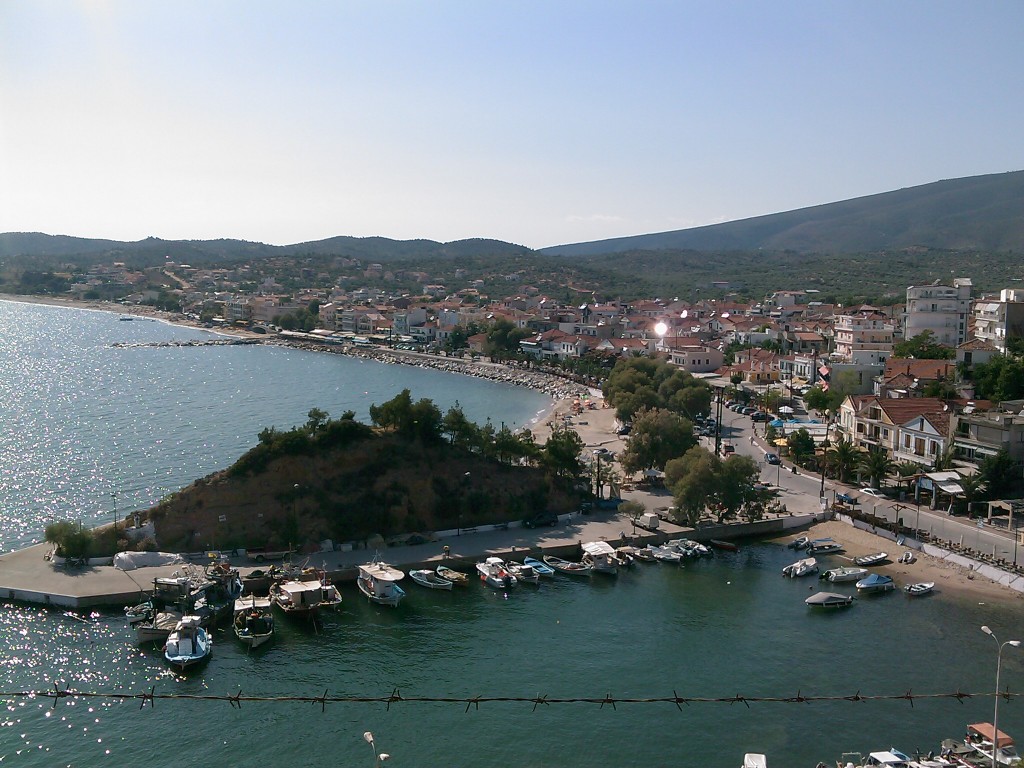 |
| The mining company Speidel was extracting mineral resources from 1903 until few years ago. Higher up the harbour of Limenaria there is the Palataki. Here were the offices of the mining company. | |
| Kastro | |
| A medieval village located in the center of the island with an elevation of 650 meters. It’s name derived from the ruins of a castle that once stood there. Perhaps the oldest village on Thassos. Kastro was totally abandoned apart from the church of St. Athanasios. In recent years nearly all of its houses have been restored and the village relives its former glory every year on the fest day of Agios Athanasios, 18 January. |
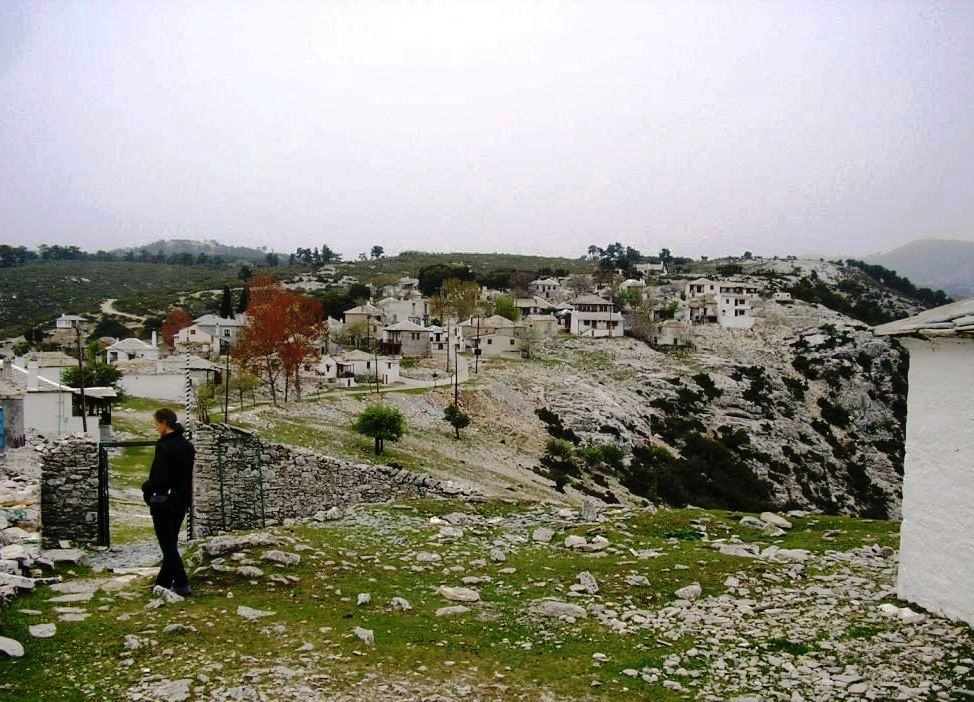 |
| Pefkari | |
|
|
Pefkari lies between Limenaria and Potos. It is idyllic place with Hotels and taverns along the sandy beach. Ther is also one of the oldest camping at the island. Perfect place to eat or drink a coffee at the sunset. |
| Potos (50 Km SW from Thassos town) | |
| is one of the most important tourist resorts in Thassos Island. There are plenty of taverns, restaurants, bars, cafeterias and snack bars. There is also a great selection of hotels and rooms to choose from. The beach is excellent, but all the beaches around Potos are beautiful too. Pefkari has fine sand and pine trees, Psili Ammos, Astris and a bit further Thymonia and Alyki all with sand. |
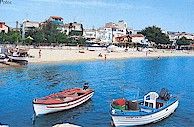 |
| Theologos | |
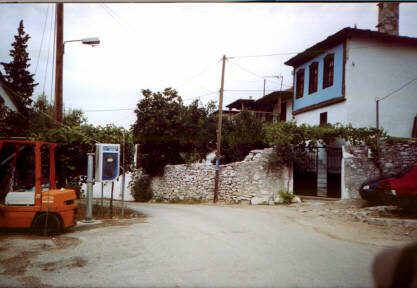 |
The old island
capital, and still the administrative centre for the southern half
of the island. The mountains and the inland landscapes of this area
are among the most picturesque on the island. Its houses are
built in the traditional Macedonian style. The Church of Agios
Dimitrios was built in 1823. |
| Thimonia | |
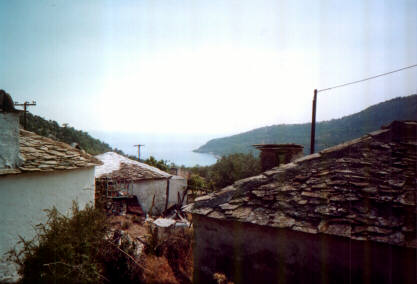 |
Thimonia is a little settlement with a few houses which have been recently renovated and owned mainly from the people who are living in Alyki. It is the only village that the road is not an asphalt. |
| Astris | |
| They are small settlements which belong to Theologos. They are almost abandoned but recently with the tourist growth and the hotels and apartments which have been build there have been rediscovered. Perfect places for peaceful holidays at the sandy beaches of the south part of the island. |
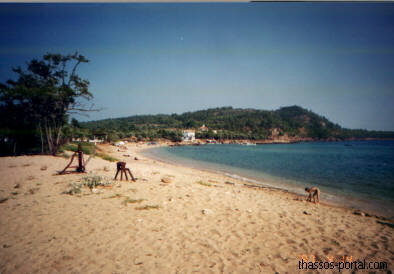 |
Aliki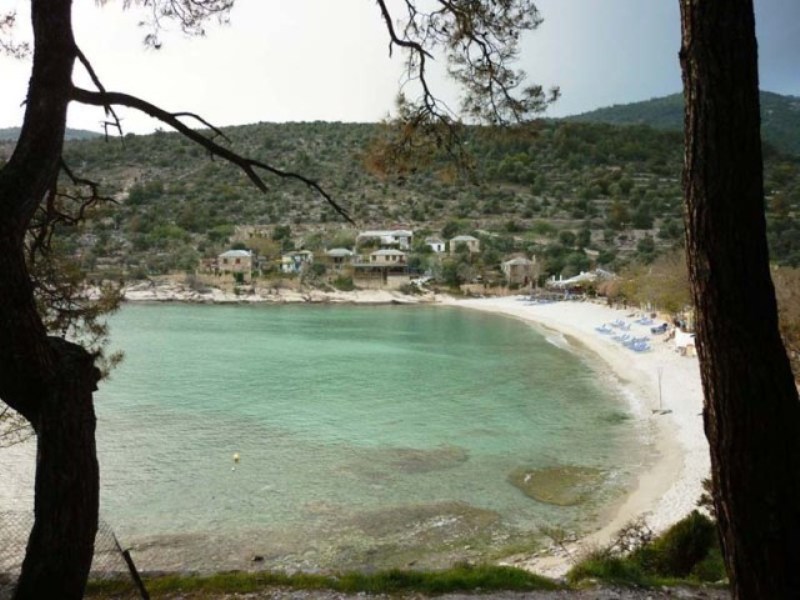 Off the east side of the island there is a small rocky islet that was
once called the HOLY ROCK. Today is an abandoned
settlement which becomes alive with the first tourists with a dreamy
beach, taverns and archaeological interest. It is a must to be the,
to swim at the crystal waters, and to eat fresh fish at the taverns.
A small tour at the ruins of Aliki, at the palace and the churches
is also a must. |
|
